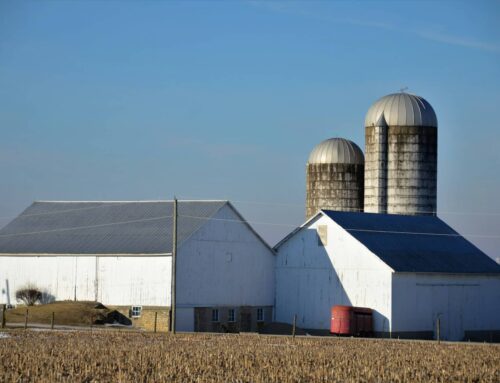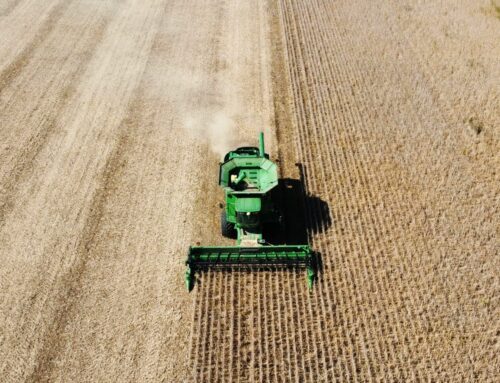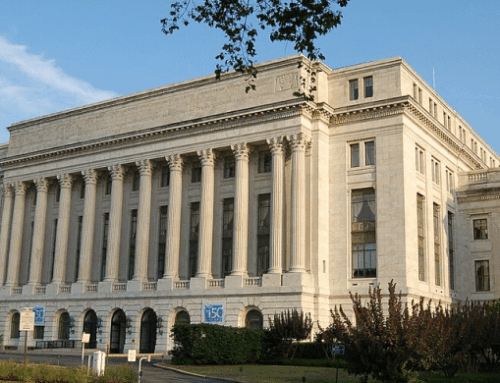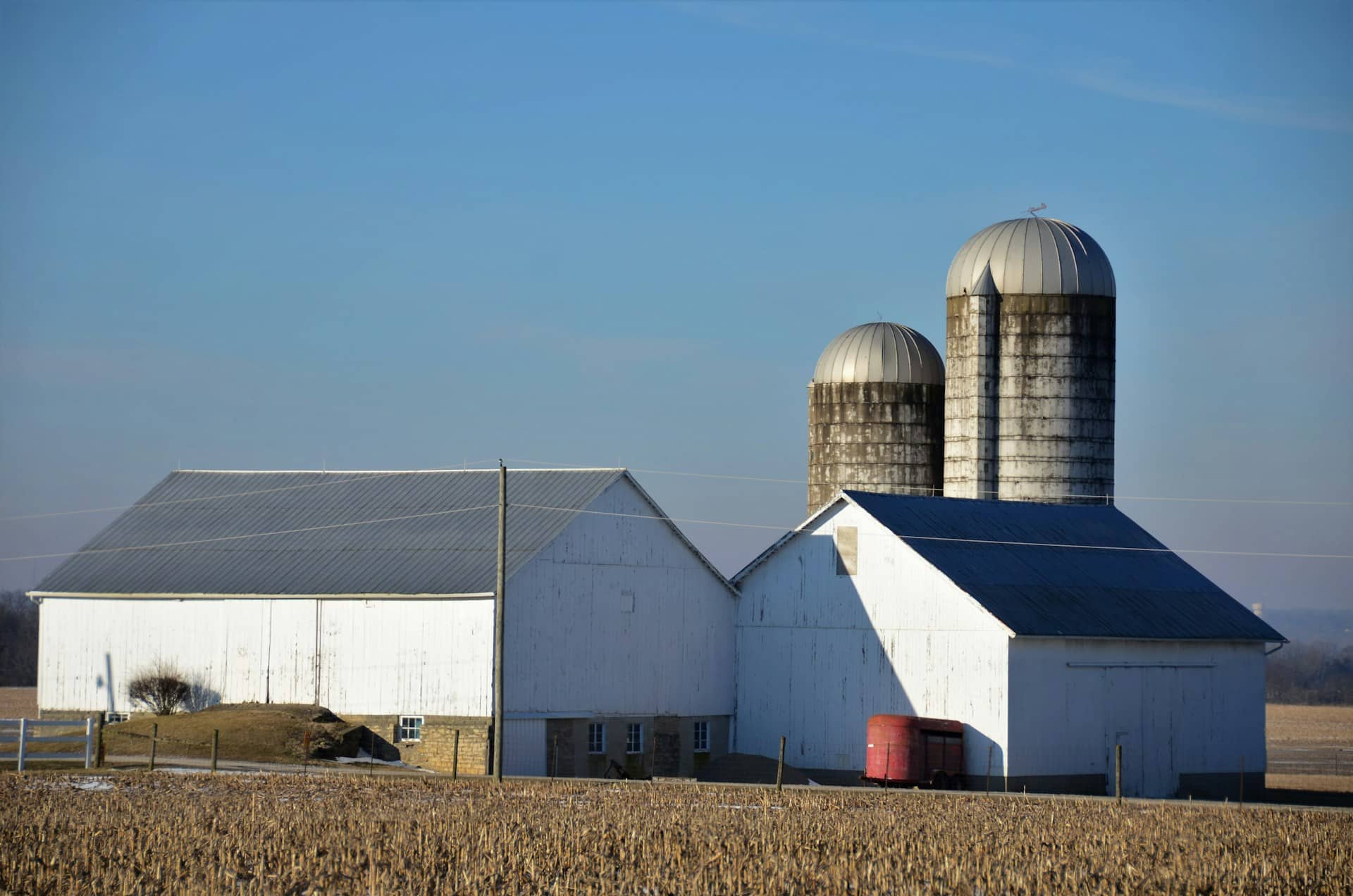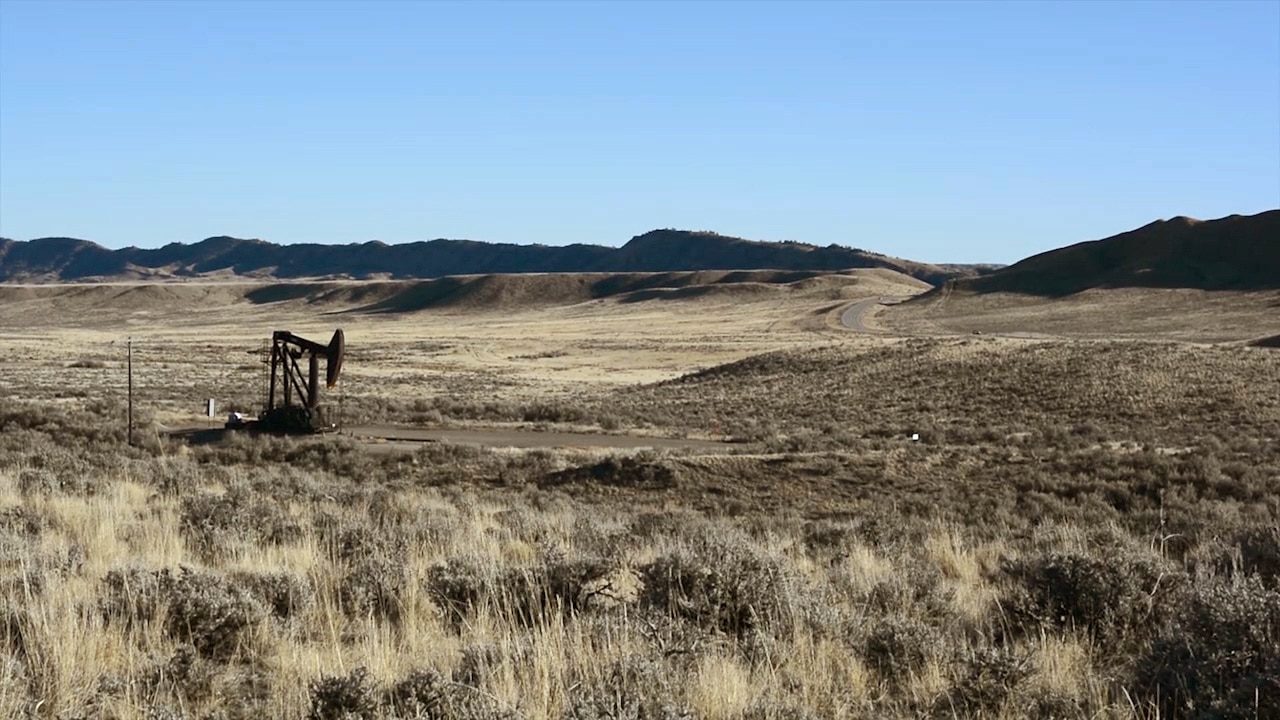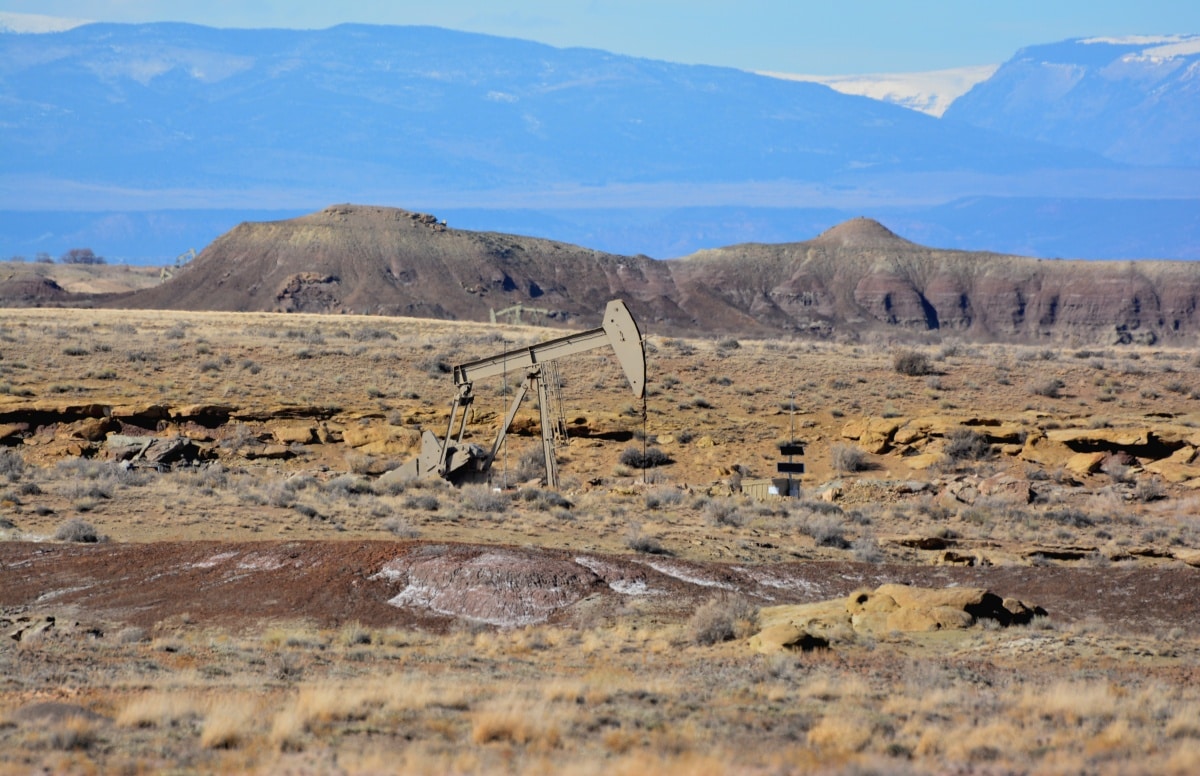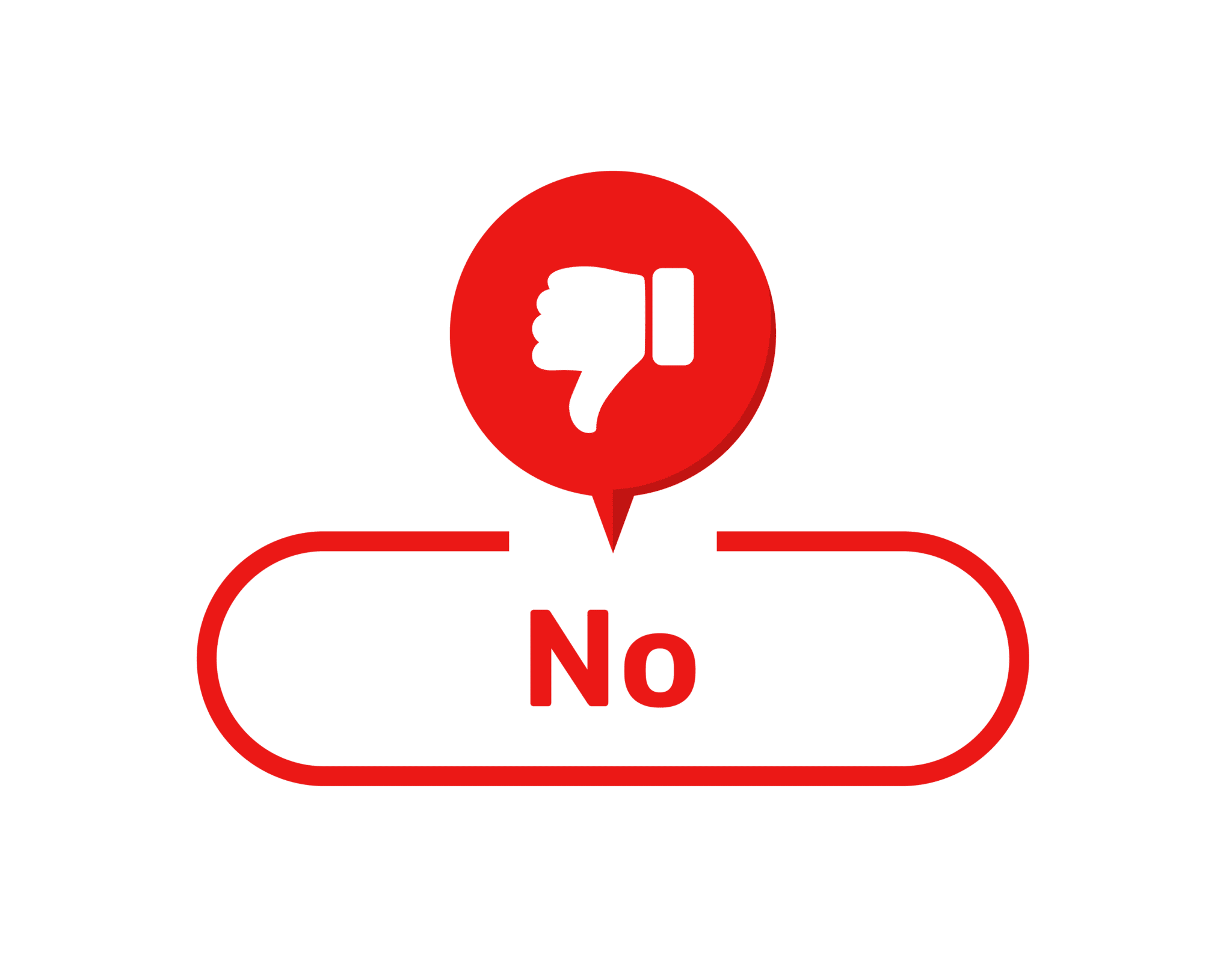Yesterday’s House Agriculture Committee hearing entitled “How Farm Policy Helps Farmers in Adverse Conditions” underlines how the goal of federal farm policy for many lawmakers is not to create a cost-effective safety net that helps farmers and ranchers manage risks they are incapable of managing on their own. Instead federal farm policy has become a complex subsidy scheme to tap the Treasury to socialize risk while privatizing profits. Because while the witnesses and Members of Congress paid lip service to helping farm businesses manage risk, their actions clearly signal a preference for using Washington’s wisdom, and the taxpayer’s pocket book, rather than personal responsibility or private sector options, to manage risks and prepare for possible disasters.
Federally Subsidized Crop Insurance
Businesses involved in agriculture have a financial safety net that is the envy of any industry. It starts with a permanently authorized and federally subsidized crop insurance program. In this program, businesses growing any of approximately 130 different crops can purchase government-subsidized insurance policies that make payments when natural disasters strike. But while it’s called crop insurance, it actually pays out for more than just crop loss, and:
- Covers anticipated revenue. A farmer can experience a spectacular, above average harvest, but if prices are lower than anticipated, the business can still receive an insurance pay out. Even if the farmer doesn’t need the help.
- Guarantees up to 85% of one’s expected revenue, based on past yields and market prices, even if they’re clearly unrealistic or too optimistic for the reality of the next harvest season.
- Includes Harvest Price Option – The revenue guarantee automatically goes up after harvest if market prices for crops are higher than anticipated at planting. So go ahead and plan for $4 a bushel in the spring but benefit for a “corrected price” anyway because the current harvest is pricing at $7.
- Offers prevented planting coverage – Recovers costs for seed and fertilizer if one can’t plant due to consistently wet weather.
- Makes it possible so farmers don’t pay market rates – The premiums are subsidized. Catastrophic level coverage (which kicks in at 50 percent loss) has $0 in farmer premium, with the farm business’ share of premium increasing as the business elects higher coverage levels. Overall taxpayers cover more than 60 cents of every $1 in premium.
Bottom line: Federally subsidized crop insurance is extremely generous and a great benefit if you can get it.
The program’s overly generous nature, however, stretches the credibility of being considered merely a disaster program. Unlike any other insurance, as a group the beneficiaries actually make money on the insurance. Over the past ten years, for every $1 in farmer premium paid, farmers have received $2.07 in indemnities. And certain commodity farmers have fared better than others. From 2014-2018 cotton growers in Georgia received $3.31, those in Texas $2.88. Arkansas rice farmers received nearly $4.65. Meanwhile soybean farmers in Iowa received $1.006 per $1.00 they paid in premiums, while Illinois soybean growers actually got only $0.65.
The focus on indemnities actually understates how valuable subsidized crop insurance is to farming businesses. Even in years that an individual farm business does not receive an indemnity check in excess of the premiums they paid, they still get the benefit of taxpayers covering the majority of the insurance premium. For an individual farm operation this portion of the premium they do not have to pay can total tens of thousands and even more than one million dollars every year. Premium subsidies alone have cost federal taxpayers $95.5 billion the last ten years, far eclipsing the $46 billion farmers paid in premiums. Even those Illinois soybean farmers come out on top. While they received “only” $275 million in crop insurance indemnities, after paying $425 million in premiums, they benefited from $571 million in premium subsidies.
But this generous level of taxpayer guaranteed revenue, something done for no business or individual outside of agriculture, is apparently not enough. Thus Agriculture committee members have used farm bills and other legislation to direct even more subsidies to businesses involved in agriculture.
Cutting Deep with Shallow Losses
The 2018 and 2014 farm bills layered so-called “shallow loss” programs on top of federally subsidized crop insurance to make taxpayers financially responsible for guaranteeing the abnormally high price and high revenues much of agriculture experienced from 2009-2013. These complicated programs make payments to farm businesses when prices or revenue from crops are lower than levels experienced in recent years, but not necessarily low enough to trigger crop insurance payouts. Hence the term “shallow” loss. Even in deep loss years a farm business can double dip, getting a crop insurance payment and a shallow loss payment on the same crop. The costs of these programs cut deep into the federal dollar. When created, Agriculture Risk Coverage and Price Loss Coverage were projected to cost $17.9 billion for the first five crop years they operated. The actual cost for those years is now projected to be $29.7 billion.
Exploiting Disasters
Despite claims that federally subsidized crop insurance and commodity shallow loss entitlements –projected to cost an average $13 billion annually – have eliminated the need for ad hoc disaster aid, Congress has adopted more than $5.3 billion in ad hoc disaster subsidies in two packages (March 2018 and June 2019). These packages are troubling for a number of reasons.
- The entire $5.3 billion is deficit financed, adding to the federal deficit.
- Businesses that chose to not buy federally subsidized crop insurance, even though it was available, are eligible for payments equaling levels of revenue protection they could have purchased. They gambled and lost, but the House pays out anyway.
- Businesses that DID buy crop insurance are eligible for a bonus payment increasing their revenue guarantee up to 90 percent.
- Federal taxpayers are now financially responsible for losses of harvested crops stored on-farm (inventory), even though unsubsidized private insurance covering these harvested crops is widely available.
Like Too Much Of A Good Thing, Excessive Safety Nets Actually Cause Harm
At Taxpayers for Common Sense we support a federal safety net for American farming and ranching businesses, provided investments of tax dollars are wise and efficient. That means limiting subsidies to those who actually need them, and limiting help to only those risks too costly or complex to manage independently. It means creating nimble programs that adapt to current needs and complement, rather than replacing private unsubsidized risk management tools. And it requires transparent programs that hold all parties responsible for producing measurable results.
The concept of federally subsidized crop insurance is that in exchange for the certainty and predictability of taxpayer support, farming and ranching businesses bear a portion of the economic burden of their financial safety net. Resorting to unbudgeted emergency spending to bail out producers who refused to contribute their fair share, to direct additional subsidies to producers who did buy crop insurance, or to displace private, unsubsidized risk management tools, is reckless.
Doing so risks undermining decades of progress toward creating the stable, predictable, and cost-effective safety net that taxpayers can afford, and agriculture needs. Policymakers in Washington should remember this lest they fall prey to the siren song of subsidies.


